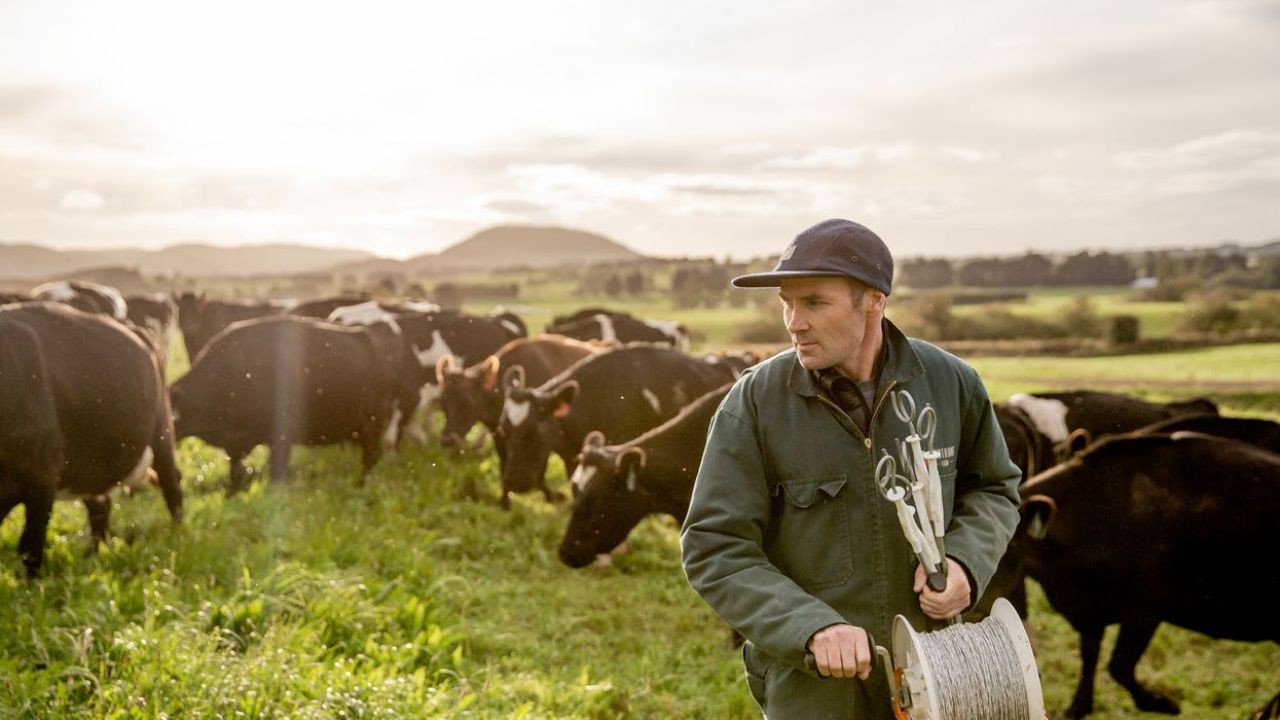Australia's dynamic and diverse landscape, characterized by its sprawling deserts, tropical coastlines, and bustling urban centers, faces a formidable challenge: climate change. With its unique geographical and climatic conditions, the country is particularly vulnerable to the impacts of global warming, raising the critical question—will climate change compel Australians to abandon certain regions? This issue not only affects environmental and infrastructure planning but also has significant implications for the country's economy, industries, and policies.
The Climate Change Impact on Australian Regions
Australia is already witnessing the repercussions of climate change. According to the Australian Bureau of Meteorology, the country has experienced a rise in average temperatures by over 1.4°C since 1910, with 2019 being the hottest year on record. This warming trend correlates with the increased frequency and intensity of natural disasters such as bushfires, droughts, and floods.
The bushfires of 2019-2020, which devastated over 18 million hectares and caused an estimated $100 billion in damages, are a stark reminder of climate change's destructive potential. These events not only threaten lives and property but also strain public resources and infrastructure.
Regions at Greatest Risk
The Australian government, through its National Resilience and Adaptation Strategy, has identified several regions at heightened risk due to climate change:
- The Northern Territory: Increasing heatwaves and water scarcity threaten both the natural environment and the viability of agriculture and tourism, key economic sectors for the region.
- Coastal Areas: Rising sea levels pose a significant threat to coastal communities, with the risk of inundation affecting cities like Sydney and Melbourne.
- Rural and Agricultural Areas: Prolonged droughts are undermining agricultural productivity, crucial for Australia’s export economy.
Economic Implications and Policy Responses
Climate change not only affects the environment but also brings substantial economic consequences. The Reserve Bank of Australia (RBA) reports that natural disasters have reduced GDP growth by approximately 0.2% annually over the last decade. Furthermore, industries such as agriculture, tourism, and insurance are directly impacted, with the latter facing rising claims and premiums.
Recognizing these challenges, the Australian government has implemented several policies aimed at mitigating climate change impacts. The introduction of the Emissions Reduction Fund and investments in renewable energy projects are part of a broader strategy to transition to a low-carbon economy. However, these measures alone may not suffice if climate change continues unabated.
Case Study: Queensland's Resilience Strategy
Queensland, particularly vulnerable to extreme weather events, has developed a comprehensive resilience strategy. The state's government has invested in infrastructure upgrades, including flood defenses and cyclone-proof housing, to protect communities from the impacts of climate change.
Problem: Queensland faced frequent and severe weather events, impacting agriculture and tourism.
Action: The government implemented a resilience strategy focused on infrastructure upgrades and public awareness campaigns.
Result: Post-strategy, Queensland witnessed a 30% reduction in disaster recovery costs and improved economic stability in affected sectors.
Takeaway: Proactive infrastructure investment and community engagement are crucial for enhancing resilience to climate change.
Debunking Common Myths
- Myth: Climate change impacts are distant future concerns. Reality: The effects of climate change are already being felt, with increased natural disasters and economic impacts documented over the last decade (Source: ABS).
- Myth: Only coastal areas are at risk. Reality: While coastal areas face sea-level rise, inland regions also contend with heatwaves and droughts, affecting agriculture and livability (Source: CSIRO).
- Myth: Technology will solve climate change without policy changes. Reality: While technology plays a role, comprehensive policy and behavioral changes are essential to mitigate climate change effectively (Source: Australian Treasury).
Future Trends and Predictions
The future of Australia's regional habitation will be shaped by both climate adaptation and mitigation strategies. According to a Deloitte report, by 2050, Australia could see an increase in climate refugees—individuals forced to relocate due to uninhabitable conditions. The report emphasizes the need for strategic urban planning and resilient infrastructure to accommodate potential population shifts.
Moreover, advancements in technology such as AI and IoT in environmental monitoring could provide valuable insights for predicting and managing climate impacts. However, these technologies require significant investment and policy support to be effective.
Final Takeaways
- Australia's unique geography makes it particularly vulnerable to climate change, with significant impacts on various regions.
- Economic sectors such as agriculture and insurance face substantial challenges due to climate-induced natural disasters.
- Proactive infrastructure investment and community engagement are essential for enhancing resilience.
- Future trends suggest potential increases in climate refugees, necessitating strategic planning and policy intervention.
Conclusion
As climate change continues to pose a significant threat to Australia's diverse regions, it is imperative that governments, businesses, and communities collaborate to develop robust adaptation and mitigation strategies. By investing in resilient infrastructure and embracing innovative technologies, Australia can better safeguard its future against the inevitable impacts of climate change.
What strategies do you think are most crucial for addressing climate change in Australia? Share your insights and join the conversation below!
People Also Ask
- How does climate change impact businesses in Australia? Climate change affects Australian businesses by increasing operational risks and costs, particularly in sectors like agriculture and tourism, which are vulnerable to extreme weather events.
- What are the biggest misconceptions about climate change in Australia? A common myth is that only coastal regions are at risk. In reality, inland areas also face significant threats such as droughts and heatwaves.
- What are the best strategies for mitigating climate change impacts in Australia? Strategies include investing in resilient infrastructure, adopting renewable energy, and implementing comprehensive policy changes to reduce emissions.
Related Search Queries
- Climate change impact on Australian economy
- Australian climate change policies
- Future of agriculture in Australia
- Renewable energy in Australia
- Urban planning for climate change






























